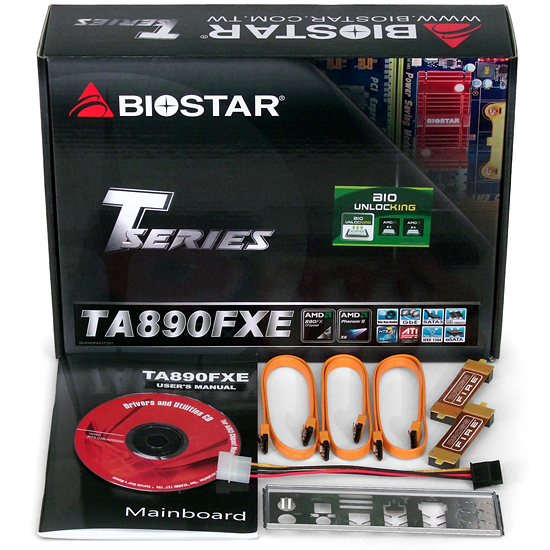Five AMD 890FX-Based Motherboards Compared
Adding SATA 6 Gb/s and two more USB 2.0 ports, AMD’s flagship northbridge has evolved into the 890FX. Just as important are the evolutionary steps several manufacturers have taken in motherboard design. Today we examine five examples.
Biostar TA890FXE
Biostar caters to the value-overclocking market, using overclocking records, rather than an extensive list of features, to promote its products. At its $140 Web site price, the TA890FXE is even 10% cheaper than ASRock’s entry in today’s comparison.
Beating the competition in both overclocking and price doesn’t come without compromise, as TA890FXE buyers must be willing to give up USB 3.0 and any add-in eSATA controllers that rival products typically include. A single eSATA port on the TA890FXE’s I/O panel comes from the chipset’s integrated SATA 6Gb/s controller, leaving only five internal ports.
The TA890FXE’s red x16-length slots are limited to x1 and x4 transfers, and Biostar doesn’t even space the four-lane slot far enough below the second 16-lane slot to accommodate a third double-slot card. Users who want to install more than two graphics cards are thus limited to single-slot cards, while those considering two double-slot cards for CrossFire should also contemplate the cooling disadvantages of having both cards shoved closely together.
A port 80 diagnostics display and power and reset buttons are all placed in the bottom-front corner for easy reach and viewing during bench tests. The final build will also be eased by the placement of three two-port USB 2.0 headers in that same corner. However, this courteous design doesn’t extend to front-panel audio and FireWire connectors, as both are found in the bottom-rear corner.
Given the TA890FXE’s low-cost performance theme, its only true disappointment is a scarcity of three-pin fan connectors. Most performance cases have more than two fans, and we often prefer to address these with a motherboard’s automatic fan controls.
BIOS Features
Biostar’s T-Series menu provides a core-unlocking function to enable factory-disabled cores on certain X2 and X3 processors, plus automatic and manual overclock settings.
Get Tom's Hardware's best news and in-depth reviews, straight to your inbox.
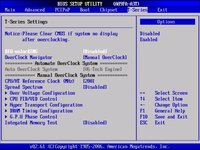

Submenus begin with the “Over Voltage Configuration” menu above, followed by the “CPU FID/VID Control” below. Of these, the VID controls are finer (at 25 mV) and broader (from 0 to 1.55 V). Combining these could potentially push VCore up to three volts.
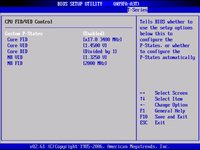
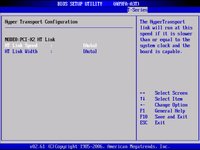
An entire submenu is devoted to two HyperTransport link settings.
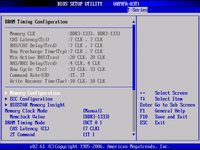
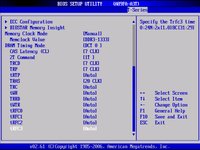
Individual timings can be set manually or left to automatically adjust to changes in DRAM ratio. The TA890FXE can also read Intel XMP values.
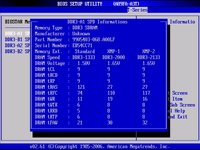
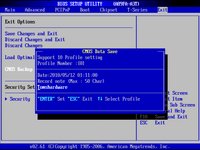
Up to 10 BIOS configurations can be stored as user profiles on a protected area of the BIOS ROM.
Accessories
The TA890FXE has the least number of drive cables, but there are two CrossFire bridges. Since the board properly supports only two double-slot graphics cards, we’d have preferred to have a fourth SATA cable rather than a second CrossFire bridge.
-
makwy2 Great article. Very informative!Reply
One little suggestion, in the features comparison it would be nice to include a row on the cost of these mobos. As one eventually reads in the Conclusion there is quite a bit of difference between them in this area but if this 'stat' was featured I would be able to focus only on the boards within my price range. I know that it would be hard to keep up to date and such but it would really be a service to those of us who are not made of money. -
Lmeow I'd personally go for the Crosshair IV Formula simply because of the kickass colour scheme. :DReply -
xurwin uhuh! i really like the crosshair IV formula for its design and Awesome color! wish every mobo has a creativity designReply -
joytech22 Ugh this year i already made some horrible decisions, honestly didn't think the Asus board would look so beautiful! i really wanted that board too but i already ordered a different Asus board for SLi support (with AM3)..Reply
*Sigh* -
liquidsnake718 interesting and very persuasive article as i was seriously thinking of getting an AMD based system instead just a few weeks ago until I finally bought a new processor. I still dont have the mb yet but reading this article made me want to get the Asus or the Gigabyte board. I would have possibly gone for a phenom II x4 or even x6 but its too late! What a good read this was and I am slowly understanding the value oriented target market that AMD and ATi offer to beginners and enthusiast builders and overclockers.Reply
Truly.... if not for getting my i7930 I would have bought these motherboards first!
I have just purchased a i7 chip x58 chip but reading this article actually made me regret it! I have yet to buy a mb as the ud4 isnt available in Manila yet.
I will build this pc slowly but make it the best possible in the timeframe while I eke out the best of my current c2d system and netbook in the meantime. -
dEAne I have a gigabyte mobo and Its good, One thing I don't like is that DDR3 cannot use past 1333 range if you want to use 1600 only few slots are available.Reply -
xurwin dEAneI have a gigabyte mobo and Its good, One thing I don't like is that DDR3 cannot use past 1333 range if you want to use 1600 only few slots are available. now now. breathe slowly. ASUS CROSSHAIR IV FORMULA 890FX!!!Reply


